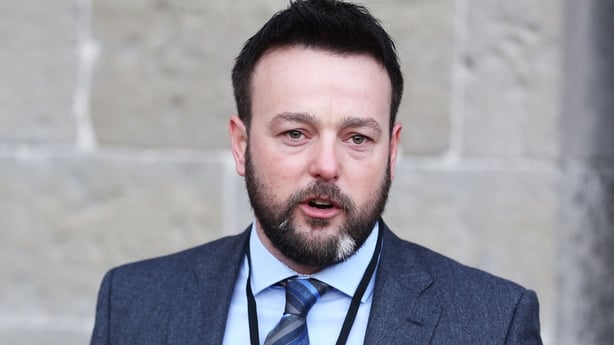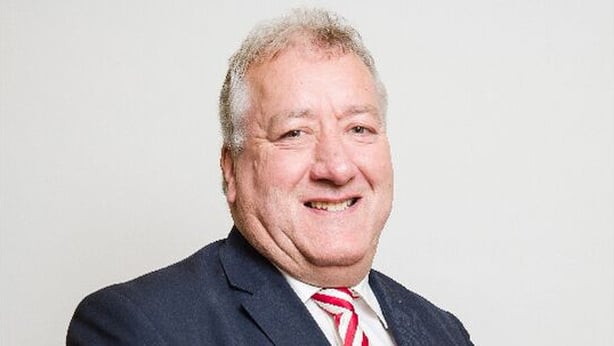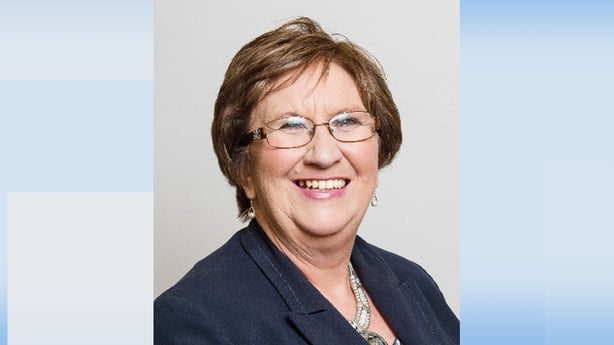One of the more interesting events during the recent Assembly election was UUP leader Mike Nesbitt’s announcement that he would give his second preference to the SDLP, the UUP’s 'partners' in opposition at Stormont, writes James McBride.
Coming less than two years after the UUP and DUP brokered a pact in the 2015 Westminster elections which contributed to the UUP wresting the Fermanagh & South Tyrone seat from Sinn Féin, this was a bold attempt to break the mould of NI politics.
The move by Mr Nesbitt was opposed by many UUP candidates in the election, and only tepidly reciprocated by the SDLP.
When the impending scale of UUP losses in the election became clear halfway through the counting process, Mr Nesbitt stepped down as UUP leader while remaining a member of the Assembly.

Clearly at one level the gambit did not work but under examination, the question is did it affect rates of vote transfers between the two parties?
The SDLP to UUP transfer rate rose from 3.8% in 2016 to 14.5% in 2017, while the UUP rate rose from 8.6% in 2016 to 20.8% this month - sizeable increases in both directions.
Whether you can directly attribute voter behaviour to Mr Nesbitt’s comments or to wider UUP voter disaffection with the DUP over the RHI initiative, it is clear that UUP voters transferred to the SDLP at much higher rates in this election than was the case in 2016.
But even without a strong statement of reciprocal commitment from SDLP leader Colum Eastwood (above), SDLP votes transferred back to the UUP at higher rates also.
This can also be seen in the raw numbers of votes transferred: approximately 3,750 SDLP votes transferred to the UUP in 2017 compared to approximately 750 in 2016, while 7,100 UUP votes went in to the opposite direction compared to 2,675 last year.
Looking at these transfers on a constituency by constituency basis, we can identify four constituencies where they affected the destination of a seat to some degree:
In East Londonderry, a UUP to SDLP transfer rate of 22% (more than double that in 2016) closed the gap between John Dallat and Sinn Féin’s Cathal Ó hOisín, allowing Mr Dallat to benefit from smaller DUP transfers in the final counts to win the fifth seat;
In Fermanagh & South Tyrone, a 23% SDLP to UUP transfer saw a 500 vote deficit between Rosemary Barton (UUP) and Maurice Morrow (DUP) turn into a 900 vote lead, securing the fourth seat;

In Lagan Valley, two UUP to SDLP transfers, 6.1% in the 7th count and 32.8% in the 8th, kept Pat Catney (above) ahead of Brenda Hale (DUP) in the race for the final seat;
In North Antrim, it was less clear cut. While a 29.5% SDLP to UUP transfer put Robin Swann over the quota to take the second seat, Mr Swann was already looking comfortable for the third seat in the constituency;
In Upper Bann, while transfers from Alliance put Dolores Kelly (below) into contention for the fifth seat, it was a double transfer from the UUP of 11.4% in the 5th count and 82.7% in the final count which secured the seat for the SDLP ahead of Nuala Toman (Sinn Féin).

So, while increased transfers between the SDLP and UUP did not prevent the UUP from a disappointing result, it would appear that the outcome of the election could have been worse for both parties without those extra votes.
Whether this proves a one-off experiment or is the beginning of a longer-term relationship between the two parties remains to be seen.
- James McBride is a PhD student working on electoral politics in the Department of Politics and Public Administration at the University of Limerick.

